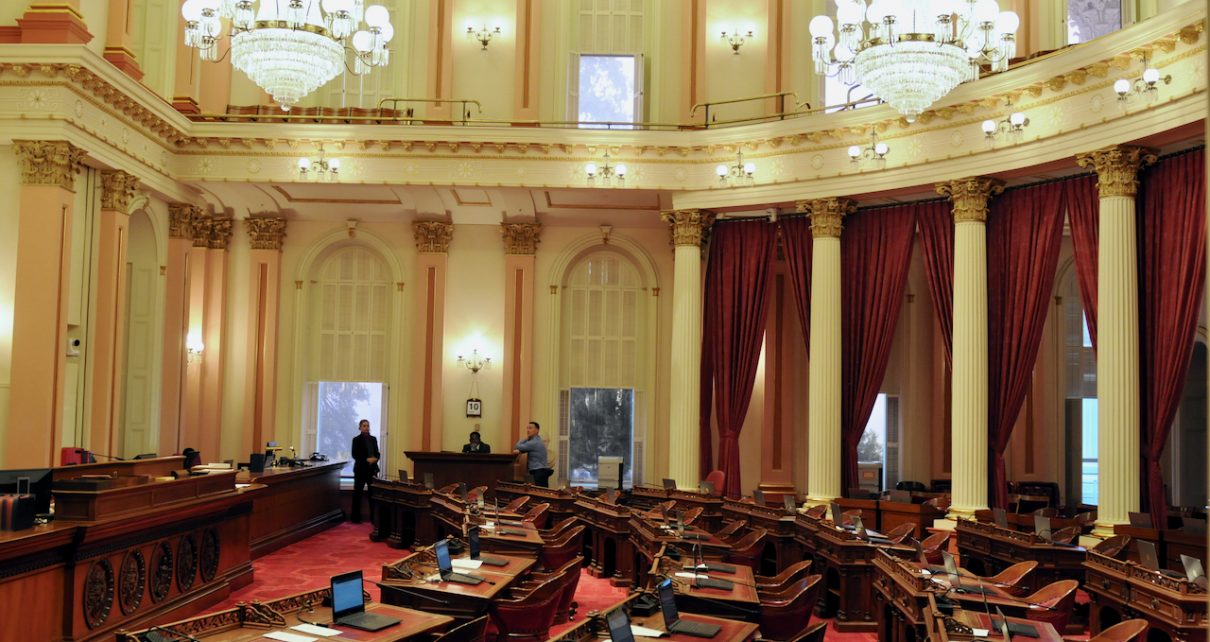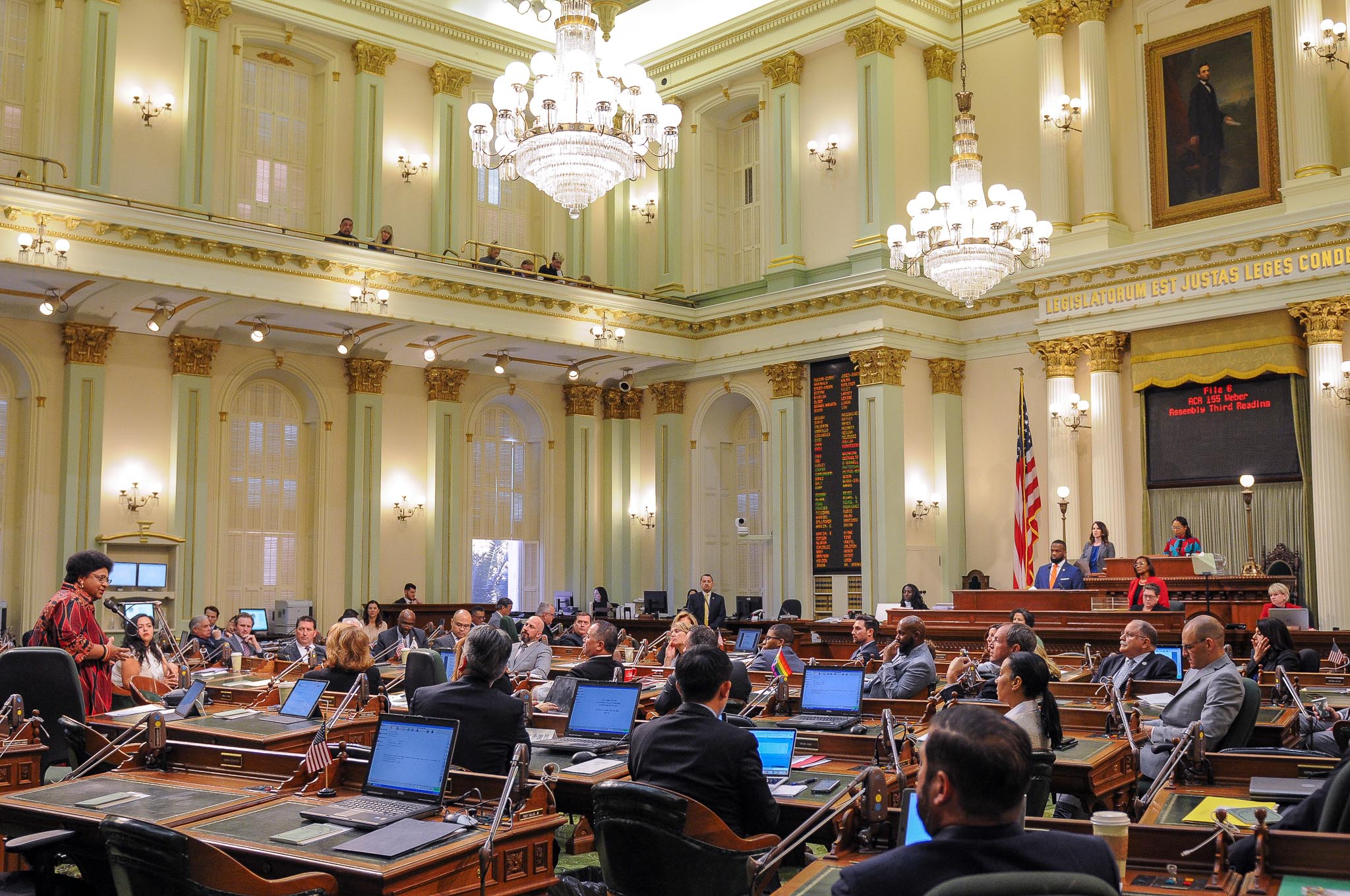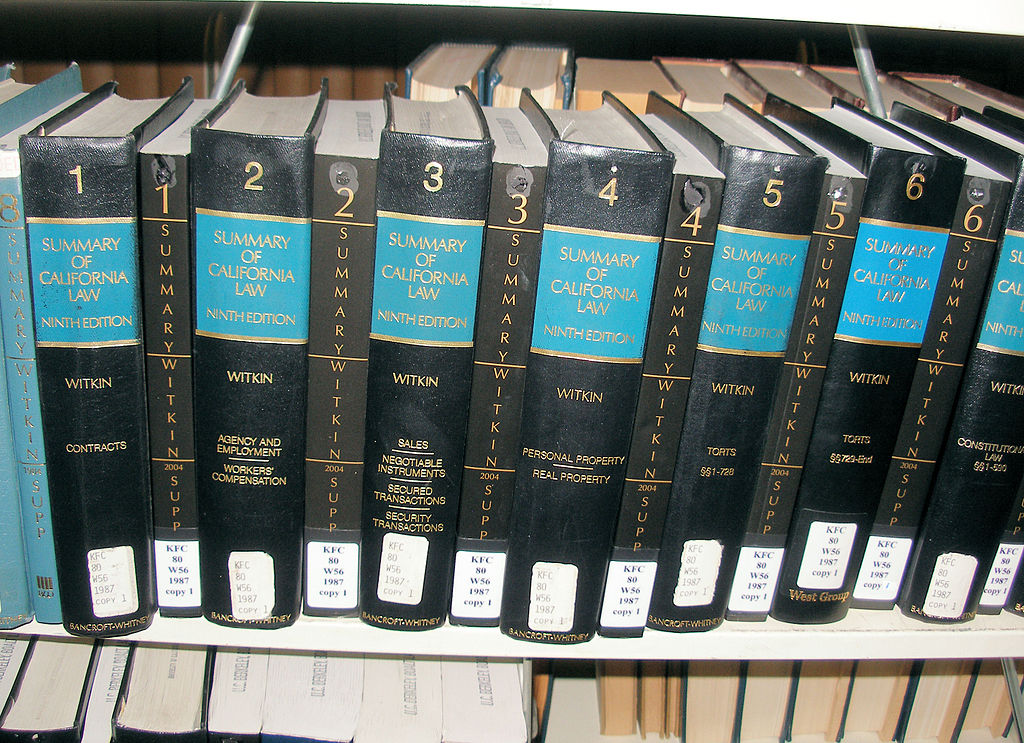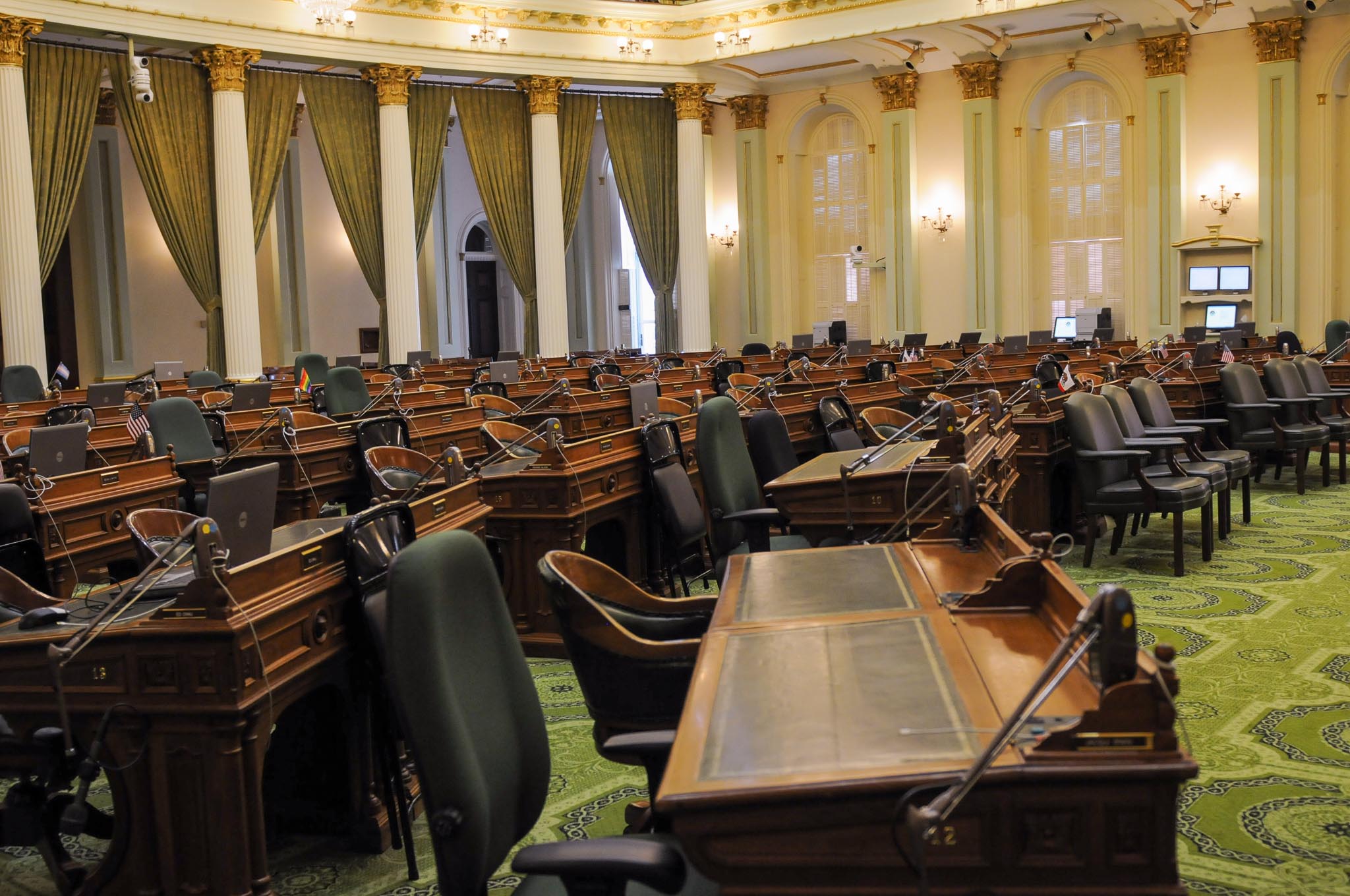
California Senate Chambers. (Photo: Kevin Sanders for California Globe)
Should Legislative Intent Statements Be Codified?
Codified laws are all of the statutes that are contained in the Codes for the State of California
By Chris Micheli, January 9, 2023 2:45 am
On occasion, California legislators include statements of intent, or make findings and declarations, in their bills. When reviewing these bills, readers will see that, in most instances, these statements are “uncodified.” In more limited cases, these statements are codified along with the other, substantive statutory provisions. This raises the question whether these legislative statements should be codified or not.
Essentially, codified laws are all of the statutes that are contained in the Codes for the State of California. There are 29 Codes in California, beginning with the Business and Professions Code and ending with the Welfare and Institutions Code, with 27 other Codes in between. Codified laws are those that are of general applicability and are permanent in nature.
As a general rule, uncodified laws are those that originate from court decisions (common law) and general customs and practices. They are not viewed as being permanent in nature and they are usually of a specific, rather than general, nature. Nonetheless, there are laws that are enacted in each by the California Legislature that are not placed in one of those 29 Codes and therefore are not codified (i.e., they remain uncodified statutes). The biggest (in length) example of an uncodified law is the annual state budget bill.
However, whether codified or uncodified, both are written laws that were passed by the Legislature and signed into law by the Governor. While codified laws are often easily found in those 29 Codes, uncodified laws are sometimes more difficult to locate. For example, a researcher may need to review the California Statutes and Amendments to the Codes in order to find uncodified laws from a particular legislative session.
Returning to the question posed for this essay, other states in this country have different views on whether to codify legislative findings or other statements on intent. For example, in Utah’s Legislative Drafting Manual, it provides, “If, however, a legislative statement is included in a bill, it should be codified. An exception to this general rule is a legislative statement related to a specific, time-limited action to be taken by the Legislature, legislative staff, or executive branch agencies that is not generally binding on the public such as one related to:
- a specific state appropriation, including distribution and expenditure;
- a coordination clause;
- a revisor instruction;
- a study; or
- direction to a state agency to take specific action, including one related to administrative rules.”
California, on the other hand, does not have a specified rule related to whether these legislative statements should be codified or uncodified. While some state legislatures are reluctant to include these statements in bills, they are found on a regular basis with California bills. One state drafting manual provides, “A well drafted bill ideally expresses legislative intent in the body of the bill itself, which makes a legislative statement unnecessary.”
In my years of reviewing California legislation, the most common usage of legislative intent statements, or findings and declarations, are in uncodified provisions, usually found in Section One of a bill, before the substantive, codified language is set forth in the bill. These statements, of course, are intended to provide guidance in interpreting the bill’s provisions. This guidance may be of assistance to regulatory agencies or to the judicial branch of government.
Does it matter whether these statements are codified or uncodified? I am not aware of a California appellate court decision that draws a distinction. Whether codified or uncodified, they are both statutes enacted by the Legislature and Governor. In theory, therefore, they would be of equal value. Nonetheless, some commentators view codified statements of the Legislature as carrying more weight, especially because they can be readily found as part of the statutory language.
- Enforcement of the UCCJAEA - December 22, 2025
- Declaratory Relief - December 22, 2025
- Second Quiz on Where Areas of Law Are Found in the California Codes - December 21, 2025





One thought on “Should Legislative Intent Statements Be Codified?”